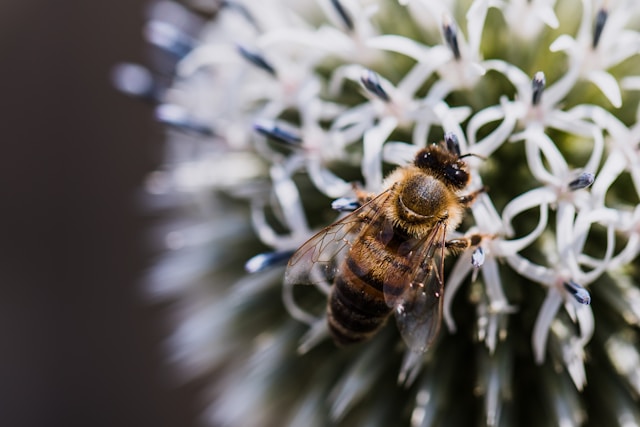Introduction
Pesticides play a crucial role in modern agriculture, helping to protect crops from pests and increase yields. However, their widespread use has raised concerns about their impact on non-target organisms, including bees. Bees are essential pollinators that contribute to the reproduction of many flowering plants, including crops that humans rely on for food. Understanding the impact of pesticides on bee populations is vital for safeguarding their health and ensuring the sustainability of our ecosystems.
Types of Pesticides
Pesticides encompass a wide range of chemicals designed to control pests, including insects, weeds, and fungi. The most common types of pesticides that affect bees are:
- Insecticides: These chemicals are used to control insect pests but can also harm beneficial insects like bees. Neonicotinoids, a class of systemic insecticides, are of particular concern due to their widespread use and persistence in the environment;
- Herbicides: Herbicides target weeds and unwanted vegetation but can indirectly impact bees by reducing their food sources and habitat;
- Fungicides: Fungicides control fungal diseases in crops but may also have sublethal effects on bees, such as compromising their immune system.
How Pesticides Harm Bees
Pesticides can harm bees in several ways, both directly and indirectly:
- Acute Toxicity: Bees can be killed outright by high doses of pesticides, especially if they come into direct contact with treated crops or contaminated water sources;
- Sublethal Effects: Even low doses of pesticides can have sublethal effects on bees, impairing their behavior, navigation, reproduction, and immune system. For example, neonicotinoids can disrupt the foraging behavior of bees, making it harder for them to find food and navigate back to the hive;
- Residue Accumulation: Pesticide residues can accumulate in bee colonies over time, contaminating beeswax, pollen, nectar, and honey. Prolonged exposure to low levels of pesticides can weaken bee immune systems and make them more susceptible to diseases and parasites.
The Role of Neonicotinoids
Neonicotinoids are among the most widely used insecticides worldwide and have been implicated in bee declines. These systemic insecticides are applied to seeds or soil and are taken up by the plant, making all parts toxic to insects, including pollen and nectar. Neonicotinoids can persist in the environment for months or even years, posing a long-term risk to bees and other pollinators.
Mitigating the Impact of Pesticides on Bees
To protect bee populations from the harmful effects of pesticides, it is essential to adopt integrated pest management (IPM) practices that minimize reliance on chemical treatments and prioritize non-toxic alternatives. Here are some strategies to mitigate the impact of pesticides on bees:
- Use Alternative Pest Control Methods: Explore non-chemical pest control methods such as crop rotation, biological control (e.g., using natural predators), and physical barriers (e.g., row covers) to reduce reliance on pesticides;
- Choose Bee-Friendly Pesticides: When pesticides are necessary, select products with low toxicity to bees and apply them judiciously according to label instructions. Avoid spraying when bees are actively foraging and use targeted application methods to minimize drift;
- Protect Bee Habitat: Preserve and create habitat for bees by planting diverse flowering plants that provide food and shelter. This can help support healthy bee populations and enhance their resilience to pesticide exposure;
- Monitor Pesticide Use: Keep track of pesticide applications in your area and advocate for responsible use practices that prioritize bee health and environmental sustainability.
Conclusion
The impact of pesticides on bee populations is a significant concern for beekeepers, farmers, and conservationists alike. By understanding the ways in which pesticides harm bees and adopting practices to minimize their impact, we can protect these vital pollinators and promote the health of our ecosystems. Through collaborative efforts and informed decision-making, we can work towards a future where bees thrive alongside sustainable agricultural practices.
